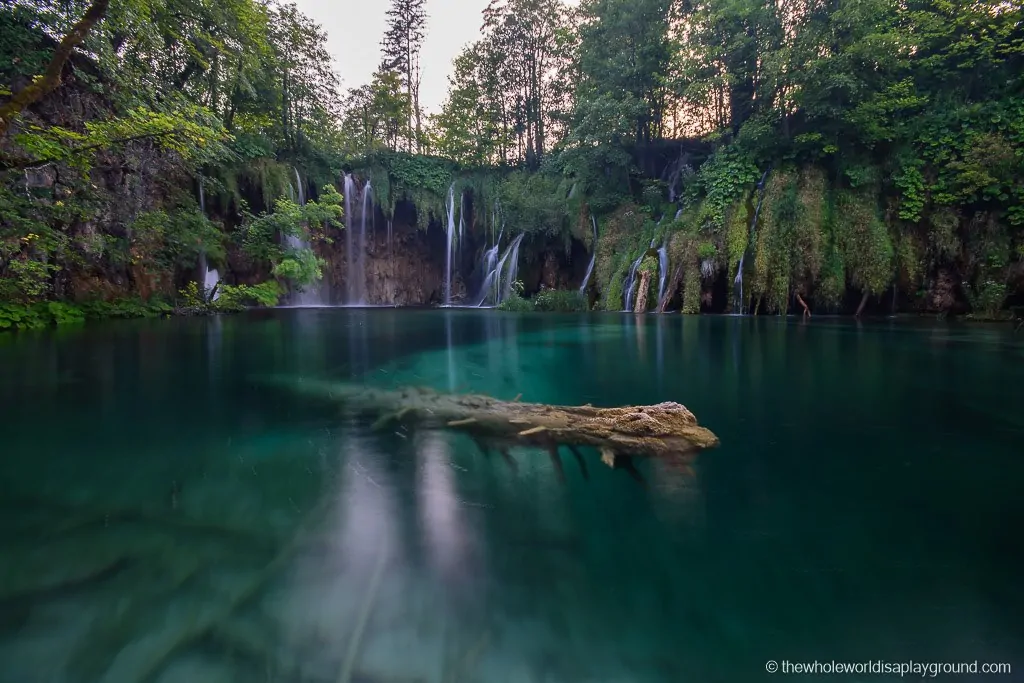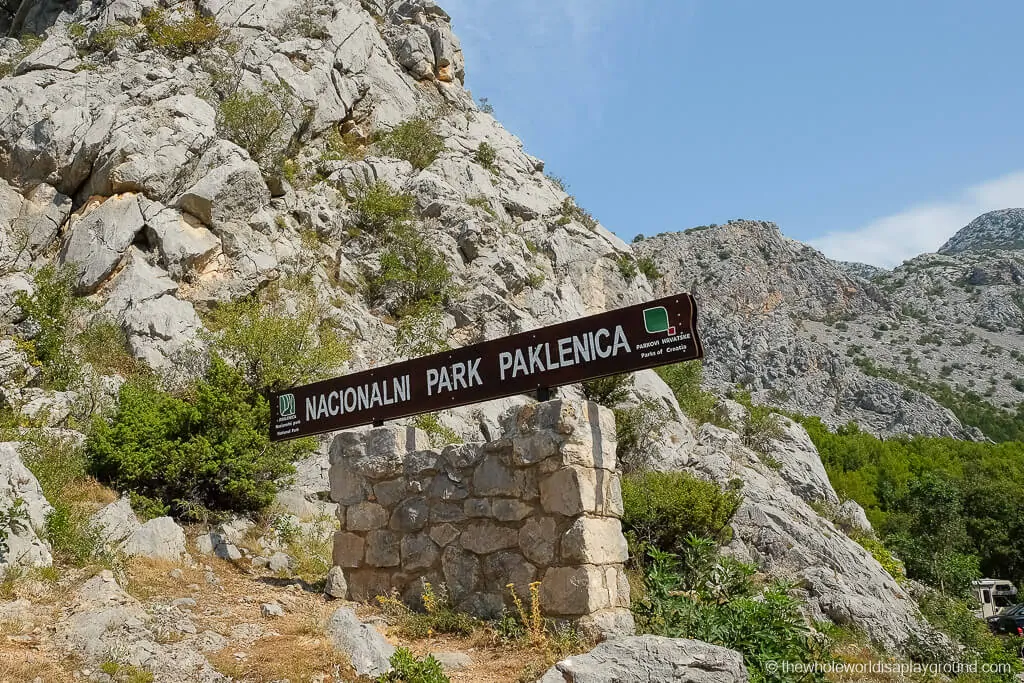Croatia is home to 10 UNESCO World Heritage Sites, eight of which are cultural sites and two which are natural. Having already visited the Stecci Medieval Tombstones Graveyards in Bosnia and Herzegovina we visited the remaining nine Croatian UNESCO sites on a 2017 trip to Croatia.
The 10 UNESCO World Heritage sites in Croatia
The UNESCO World Heritage Sites in Croatia and the year they were inscribed are:
- Episcopal Complex of the Euphrasian Basilica in the Historic Centre of Poreč (1997)
- Historic City of Trogir (1997)
- Historical Complex of Split with the Palace of Diocletian (1979)
- Old City of Dubrovnik (1979)
- Stari Grad Plain (2008)
- Stećci Medieval Tombstones Graveyards (2016)
- The Cathedral of St James in Šibenik (2000)
- Venetian Works of Defence between the 16th and 17th Centuries: Stato da Terra – Western Stato da Mar (2017)
- Ancient and Primeval Beech Forests of the Carpathians and Other Regions of Europe (2007)
- Plitvice Lakes National Park (1979)
Hover over the map for the names of the sites:

UNESCO Croatia
1 | Episcopal Complex of the Euphrasian Basilica in the Historic Centre of Poreč (1997)
The almost 2,000 year old ancient Roman town of Poreč is located in Western Istria and is home to the Episcopal Complex of the Euphrasian Basilica, a UNESCO World Heritage. The group of religious monuments includes the Basilica, sacristy, baptistery and the bell tower of the archbishop’s palace and the complex is an excellent example of religious architecture with basilica combining classical and Byzantine architecture.
The highlights are the mosaics which date back to the 6th Century and the striking view from the bell tower which is definitely worth the climb!
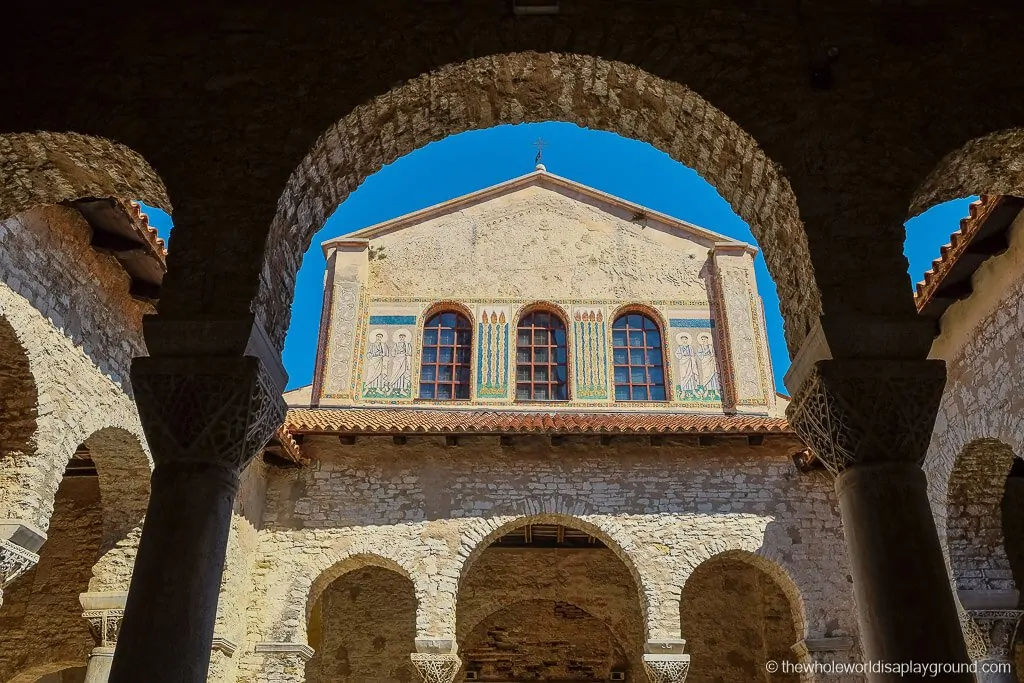
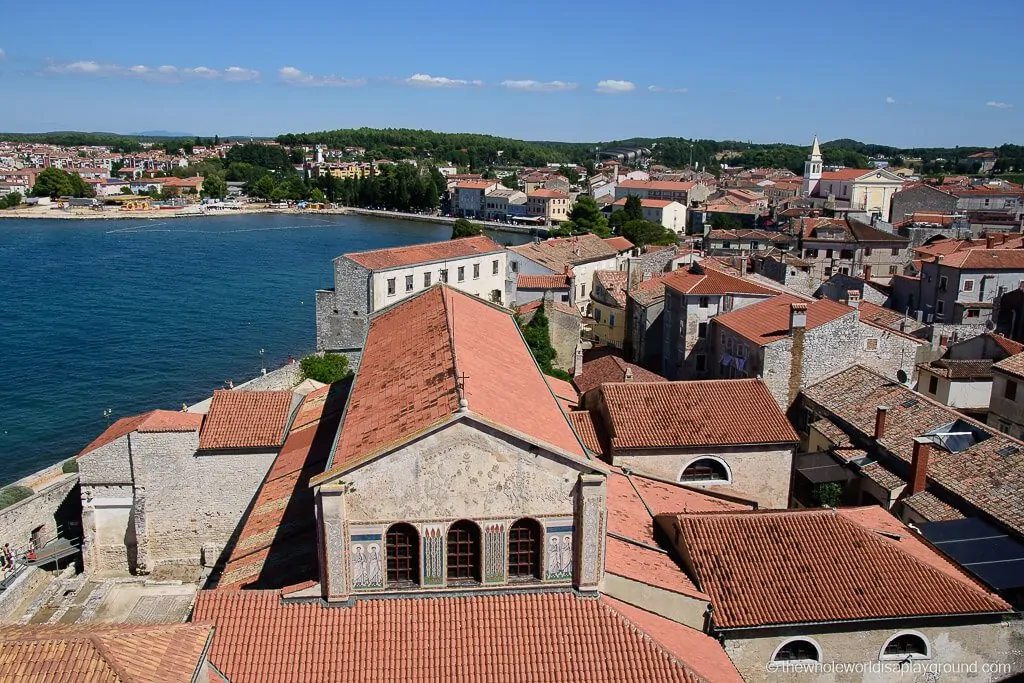
2 | Historic City of Trogir (1997)
Trogir is a tiny historic town set within medieval walls and is close to Split on Croatia’s Adriatic coast. With beautiful churches, palaces and medieval streets the Historic City of Trogir was designated a UNESCO site in 1997 as an excellent example of a medieval town which conforms with the layout of a Hellenistic and Roman city and many of the buildings are well preserved.
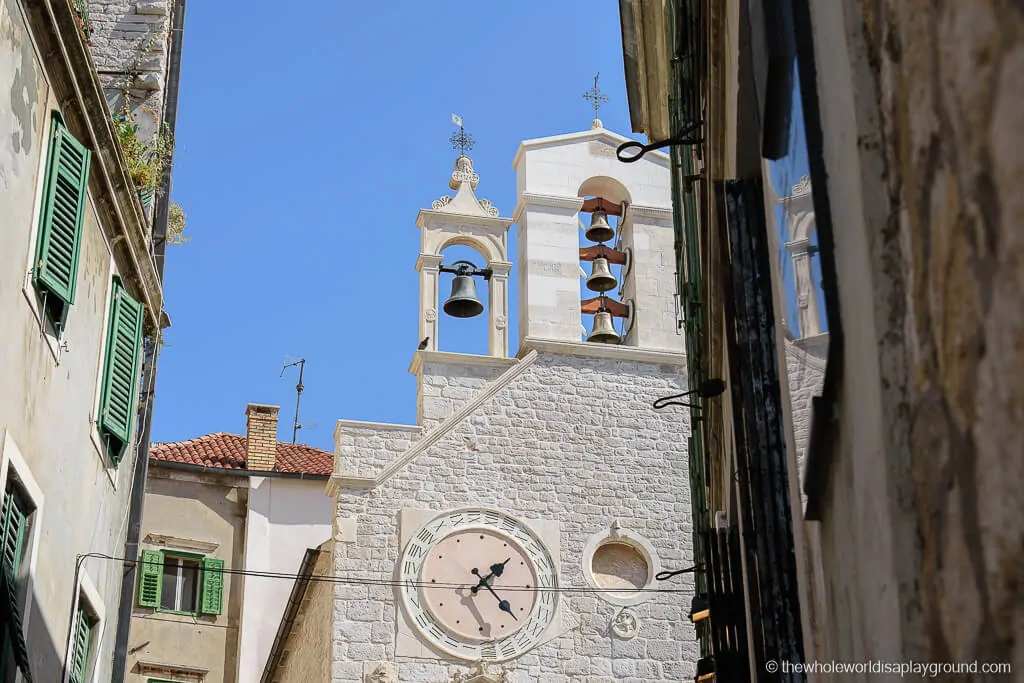
3 | Historical Complex of Split with the Palace of Diocletian (1979)
Diocletian’s Palace, an ancient palace built for the Roman Emperor Diocletian at the end of the 3rd Century, is located in Croatia’s second largest city, Split. The Palace contains 220 buildings and is one of the best preserved monuments of the Roman architecture in the world: the imposing ruins make up half of the Old Town of Split. Nowadays, the maze of streets are bustling with life and are filled with bars, restaurants, shops and people.
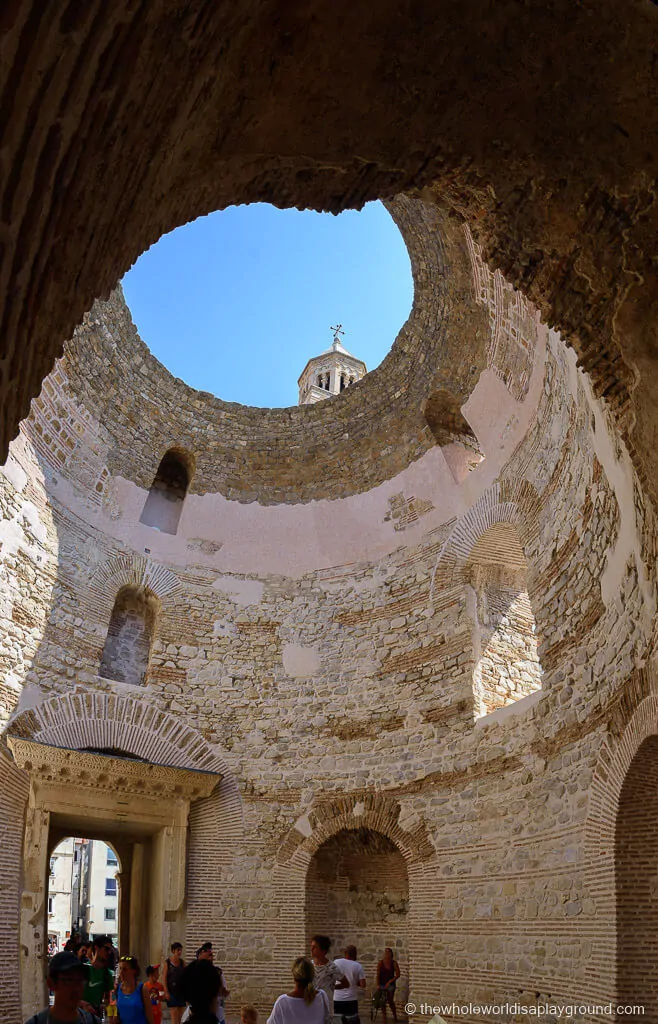
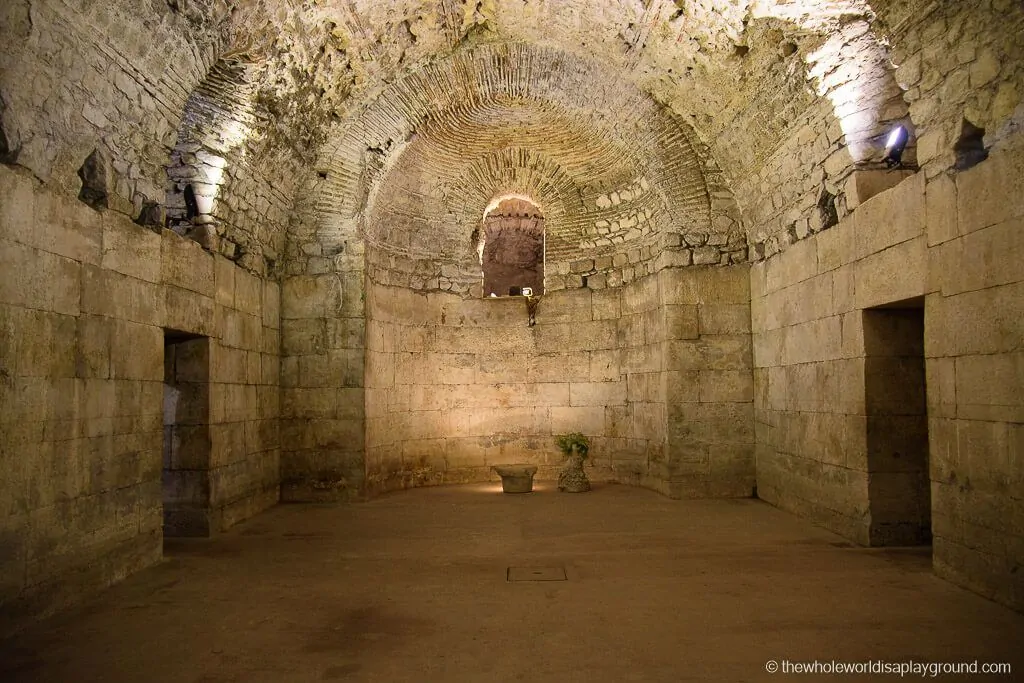
4 | Old City of Dubrovnik (1979)
One of the best preserved medieval towns in the world, Dubrovnik Old Town is set against the backdrop of the Adriatic Sea. The City Walls, the Old Town’s most distinctive and inconic feature, were completed in the 16th Century and protected the city throughout the years. The Old Town is heavily trafficked with tourists and walking the walls is one of the most popular activities. Other highlights include the Stradun, lined with shops and restaurants, the gothic Rector’s Palace, the Church of Saint Savior and The Pharmacy.
The Old Town suffered significant damage in both an earthquake of 1667 and again in 1990s during the Croatian War of Independence. As a result it is now the focus of a major restoration programme with UNESCO.
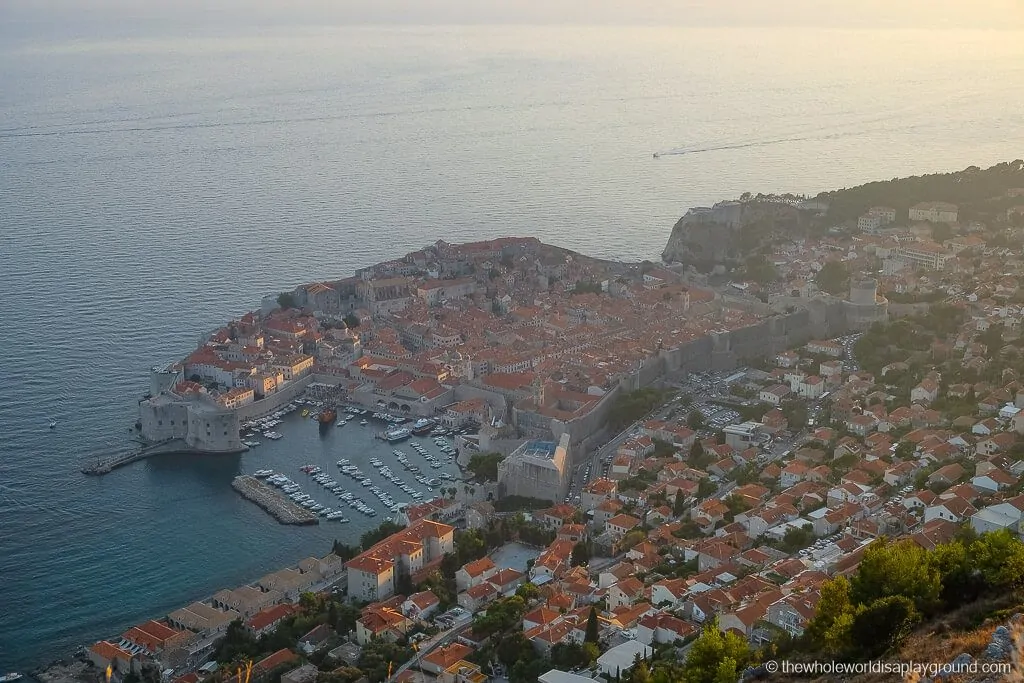
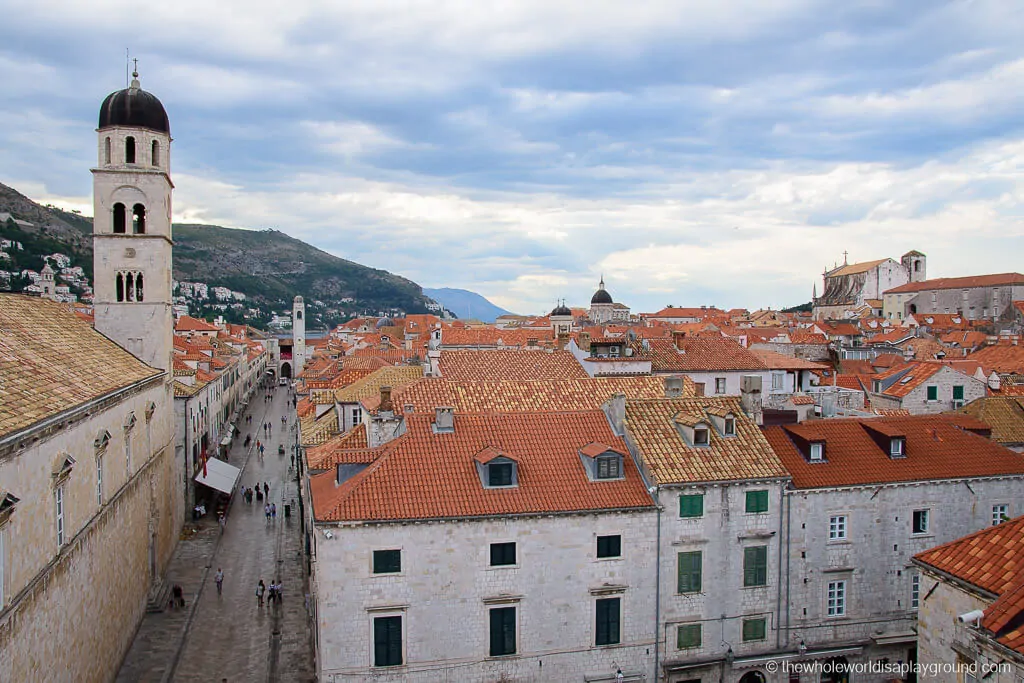
5 | Stari Grad Plain (2008)
Stari Grad, meaning Old Town, is located on the island of Hvar and is the oldest town in Croatia: it dates back to the 4th Century BC when the Ionian Greeks settled in the town and named it Pharos. The cultural landscape has remained almost intact since that period and the grape and olive agriculture is maintained to this day with vineyards and olive groves lining the plain as far as the eye can see. The area is dotted with archaeological sites reflecting the ancient geometrical system of land division used by the ancient Greeks.
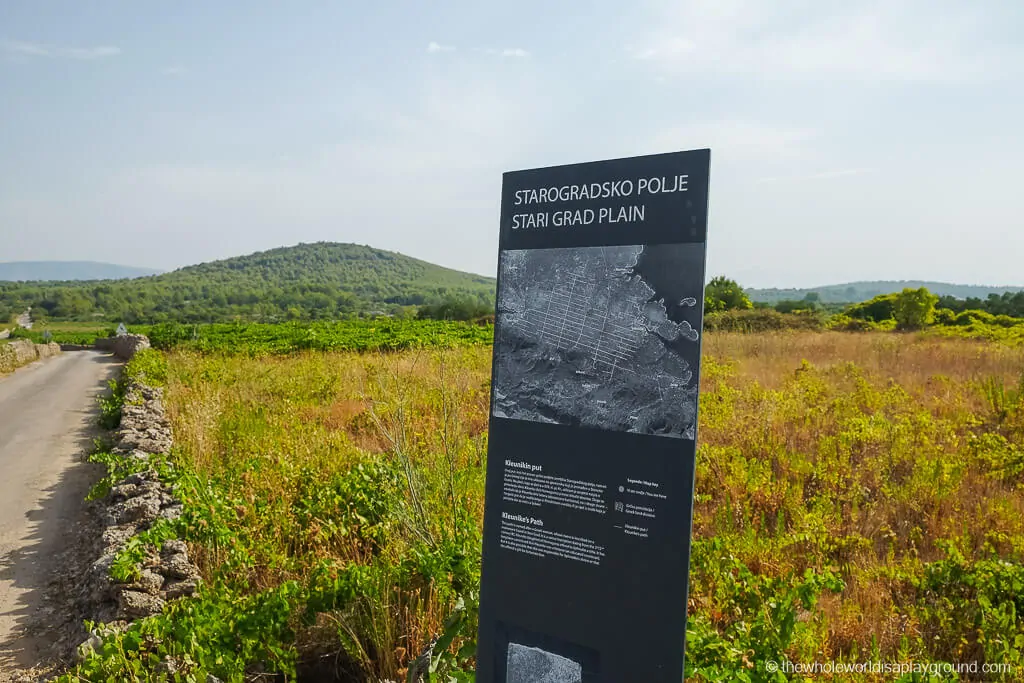
6 | Stećci Medieval Tombstones Graveyards (2016)
The Stećci Medieval Tombstones Graveyards are comprised of 28 sites across Bosnia and Herzegovina, western Serbia, western Montenegro and central and southern Croatia. The cemeteries containing limestone stećci, monumental medieval tomb stones, which date from the 12th to the 16th Centuries and are laid out in rows.
2 of the sites are located in Croatia. We had previously visited the Radimlja Necropils close to Mostar which contains many well preserved and decorated stećci dating back to the 1480s and 16th centuries.
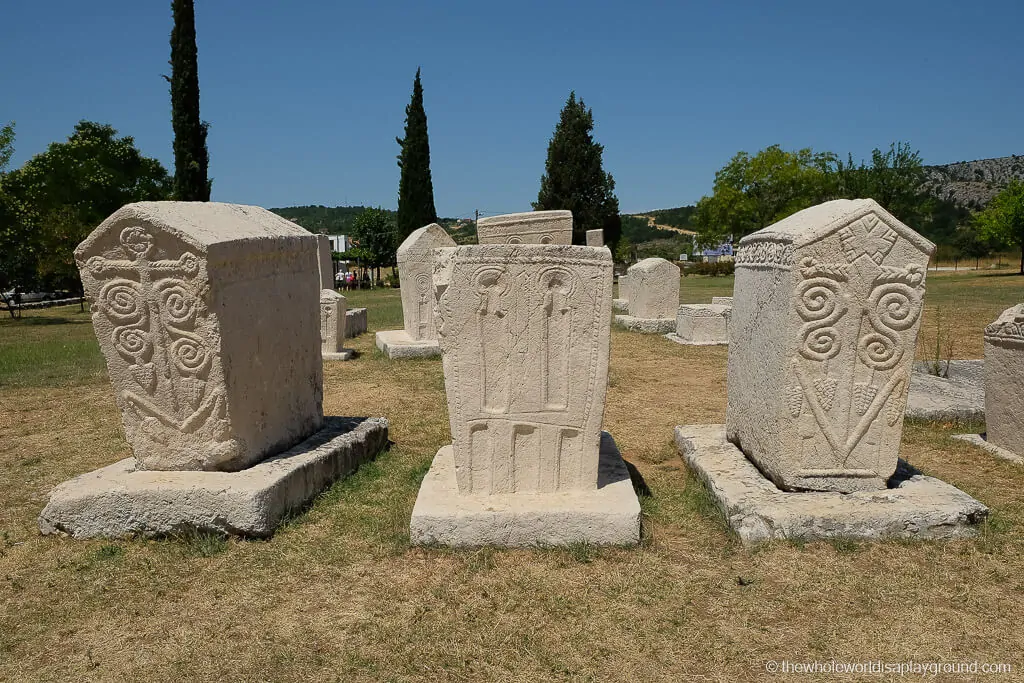
7 | The Cathedral of St James in Šibenik (2000)
The Cathedral of St James in Sibenik is built entirely of stone and is the most important architectural monument of the Renaissance in the entire country. The cathedral was constructed from stone sourced in Brač, Korčula, Rab and Krk and is thought to be the world’s largest church built completely of stone. The highlights include the exterior frieze decorated with 71 heads which depict 15th-century men, women and children and the beautifully carved ceiling of the baptistery.
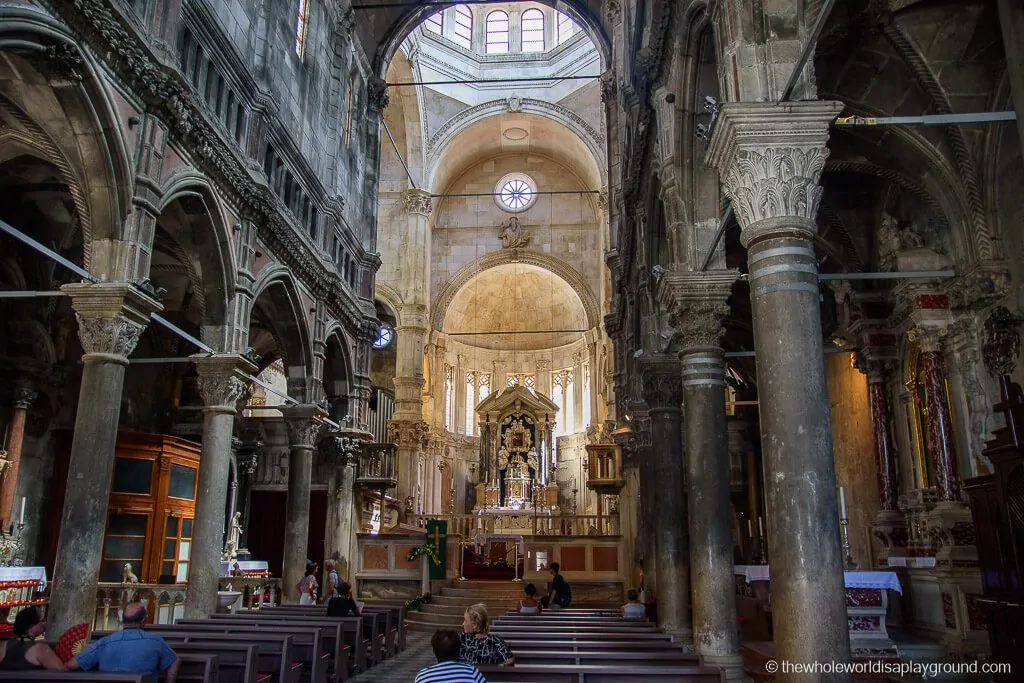
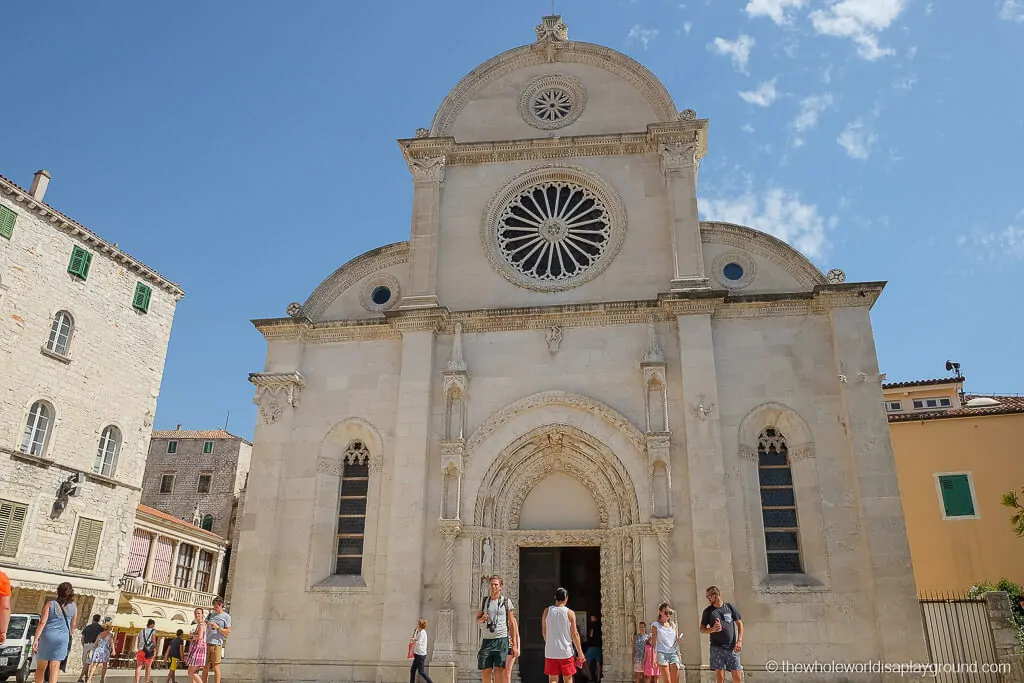
8 | Venetian Works of Defence between the 16th and 17th Centuries: Stato da Terra – Western Stato da Mar (2017)
A new addition to the UNESCO list in 2017, the Venetian Works of Defence comprises six sites across Italy, Croatia and Montenegro. The sites include the fortified cities of Peschiera del Garda and Bergamo and the City Fortress of Palmanova in Italy, the defensive system of Zadar and the Fort of St Nikola, Šibenik-Knin County in Croatia and the Fortified City of Kotor in Montenegro. The 6 fortifications along the Adriatic Sea date from the historic Republic of Venice and created a defensive line to control it’s territories and commercial routes leading to the East.
We visited the City Fortress of Palmanova in Italy, the defensive system of Zadar in Croatia and the Fortified City of Kotor in Montenegro after the UNESCO designation in 2017.
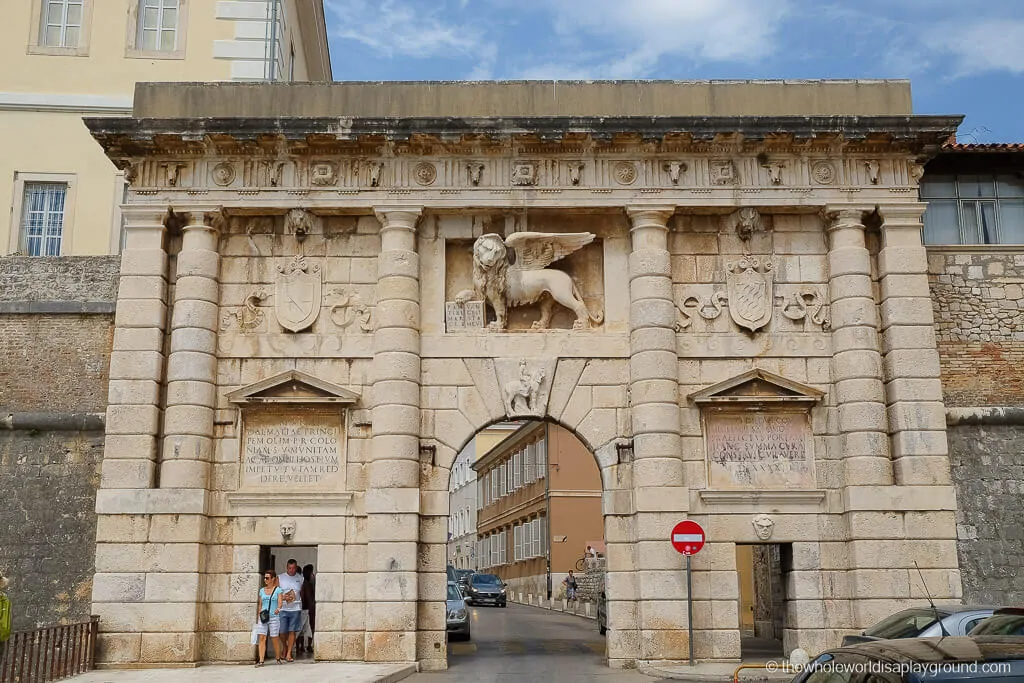
9 | Ancient and Primeval Beech Forests of the Carpathians and Other Regions of Europe (2007)
Ancient beech forests once covered over 40% of Europe, spreading from a few isolated refuges over a few thousand years in a process that is still ongoing due to the flexibility and tolerance of the beech tree. In 2017 UNESCO approved the extension of the site of the Primeval Beech Forests of the Carpathians and other regions of Europe to stretch over 12 countries: Albania, Austria, Belgium, Bulgaria, Croatia, Germany, Italy, Romania, Slovakia, Slovenia, Spain, Ukraine.
The three Croatia sites are located in the Paklenica and Northern Velebit National Parks: we visited the Paklenica National Park.
10 | Plitvice Lakes National Park (1979)
The idyllic Plitvice Lakes, a series of 16 turquoise lakes set in the Plitvice Lake National Park, are one of Croatia’s most visited tourist attractions. The National Park was designated a UNESCO World Heritage Site due to its outstanding natural beauty. The lakes are interconnected through a series of cascading waterfalls and set in lush green surroundings which are home to bears, deer and wolves. The Plitvice Lake National Park is the largest National Park in Croatia and certainly among its most beautiful!
